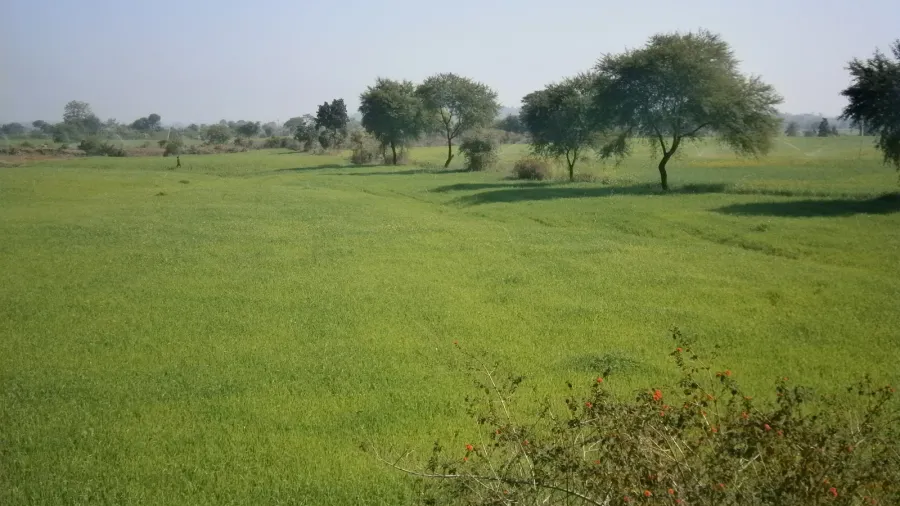
3 ways to optimise India's land usage for renewable energy ambitions
In a nutshell, the tips are to minimise total land use, optimise land assessment, and increase land of suitable land.
India was given measures on how it can ensure optimal use for its land to achieve a mid-century net-zero goal in a report by the Institute for Energy Economics and Financial Analysis (IEEFA), published 5 September.
IEEFA recommended these three measures on how India can maximise the benefits and minimise the costs of land use for the energy transition:
- Minimising total land-use requirements through offshore wind, distributed rooftop solar, and solar on artificial water bodies.
- Optimising the identification and assessment of land. Measures include developing clear environmental and social criteria for rating potential sites; undertaking comprehensive independent assessments of potential sites against these criteria in advance of tenders or project proposals; incentivising the selection of tenders on sites where there is no land conflict; limiting concentration of generation in single regions and supporting widely distributed renewable generation at a range of scales.
- Increasing the stock of potentially suitable geographically diverse lands by boosting the uptake of agrivoltaics where crops, soils and conditions are suitable and yields can be maintained or improved.
Dr. Charles Worringham, the report's author, noted that India's huge expansion of renewable energy capacity, in case they commit to it, will require a large amount of land for infrastructure.
Worringham also included in its report, the calculation of the landmass needed for solar and wind generators should India implement a 2050 net-zero target.
Read more: India must allot at least 1.7% landmass to reach net-zero: report


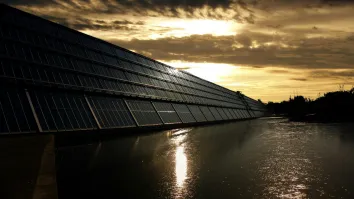
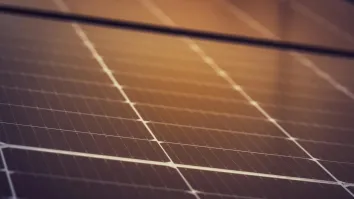
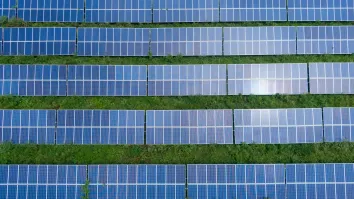
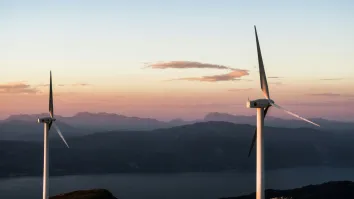













 Advertise
Advertise






